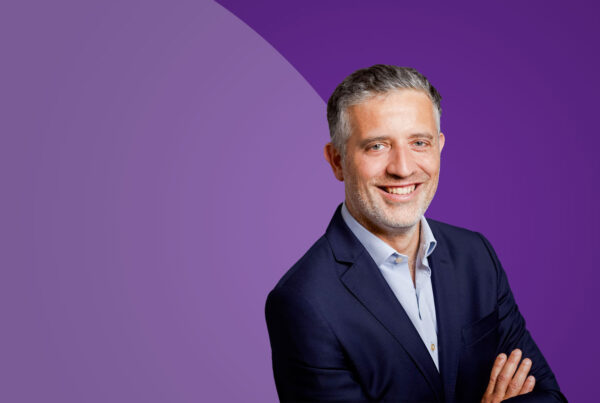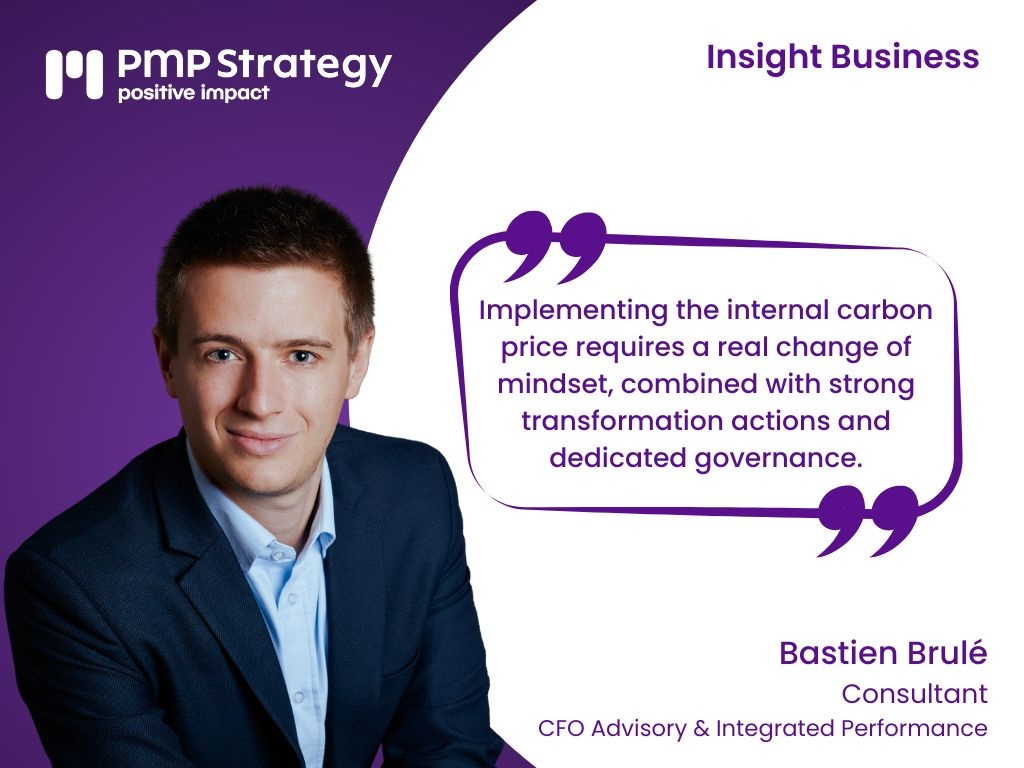As part of its strategy, the client decided to transfer a subset of its activities from one subsidiary to another, resulting in a major carve-out / carve-in program for the two IT departments involved.
A few months after the start of the transfers, the receiving subsidiary identified a significant increase of its recurring costs and decided to freeze the project and to perform a diagnosis to get back on track. With the support of PMP Strategy & Lucernys, the client was able to clarify the financial impact to the date of the receiving entity, identify the causes of the additional costs, and define the corrective actions to be implemented.
Context
In the early 2020s, the public institution decided to merge two activities previously operated in different subsidiaries. The objective was to facilitate the implementation of its strategic plan and optimize the use of its major assets (mainly its distribution network). Without major stakes from a business point of view, this decision meant a major carve out program to transfer the IS activities operated in the original subsidiary (representing a budget of about €70M/year for various services used by both a network of group agencies and consumed by the end customer), to the target subsidiary.
In 2022, after one year of implementation of the carve-out project, the target subsidiary identified a significant increase in the projected cost of the transferred activities – up to 35 M€/year (+50% against expectations).
They immediately decided to stop the transfer, pending answers of several key questions:
- What are the causes of this financial overrun?
- What are the mechanisms for re-invoicing between the original and target subsidiaries?
- Are there any solutions to correct the budgetary trajectory?
- Is the transfer of the IT department still the right decision?
Our approach
Thanks to PMP Strategy’s knowledge of the client and support by our partner firm specializing in CIOs, PMP Strategy & Lucernys worked together with the financial and operational teams of the two subsidiaries concerned with the carve-out.
We structured our approach into four stages:
- Identification of the volume of assets and resources transferred, starting from a “turn by turn” vision (employees, applications, infrastructures, licenses, third party contracts).
- Reconstruction of a zero-based cost of the transferred perimeter as a target to be reached at the end of the carve-out.
- Clarification of the roadmap for the transfer of existing assets and resources, as well as the 2021-2026 budget trajectory divided into 4 main areas
-
- Residual billing performed by the original subsidiary.
- Budgets associated with costs delegated by the target subsidiary to the originating subsidiary.
- “Flat” cost of transferred assets.
- Shared costs.
- Identification of corrective actions to be implemented by a team composed of actors from both subsidiaries:
-
- Alignment of the two subsidiaries on the list of assets and resources that really need to be transferred, as well as their associated annual cost.
- Reviewing the re-invoicing mechanism between subsidiaries considering the reality of the actions carried out.
- Construction of a new 2023-2026 roadmap for the transfer of the remaining activities and associated financial trajectory.
- Launch of a project dedicated to the transfer of licenses and negotiations with publishers.
Results
Following our intervention, the client was able to confirm the interest of transferring the IS activities between its subsidiaries. It was also possible to launch a second and more operational analysis, allowing it to restart the carve-out project in the best conditions, because of :
- A clarified 2021-2026 budget trajectory that distinguishes between transfer costs, business growth, and the effect of demutualization.
- The identification of cost reduction opportunities representing up to €25M in savings within 5 years (between 2022 and 2026) for the receiving subsidiary.
- An improved billing model between subsidiaries and shared governance for the remaining program.






